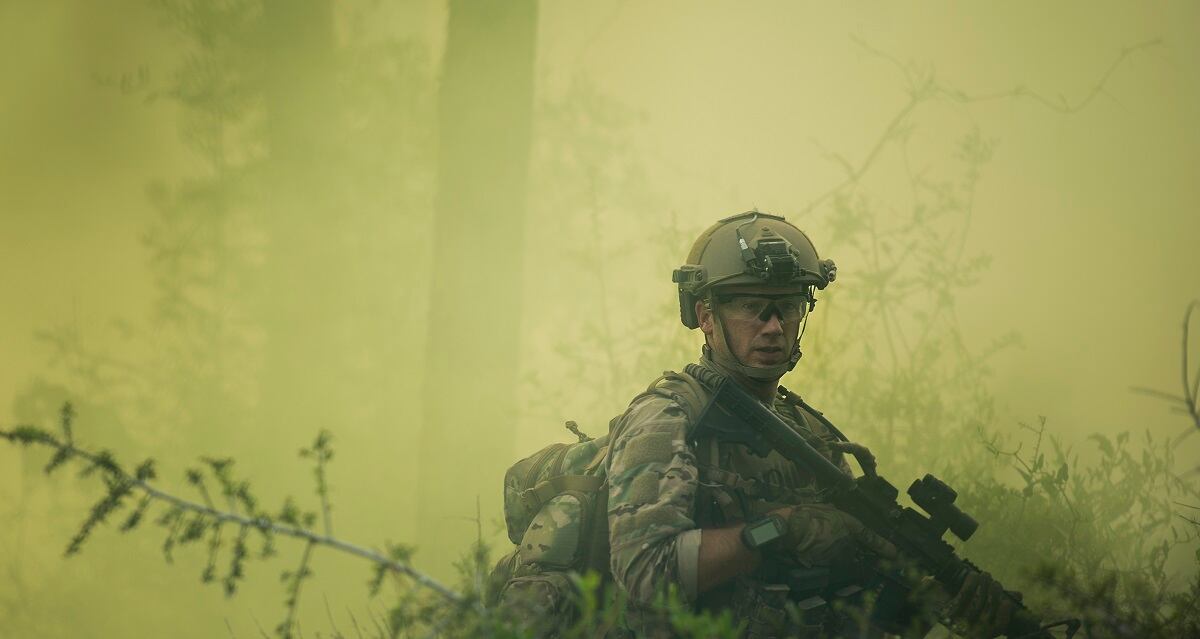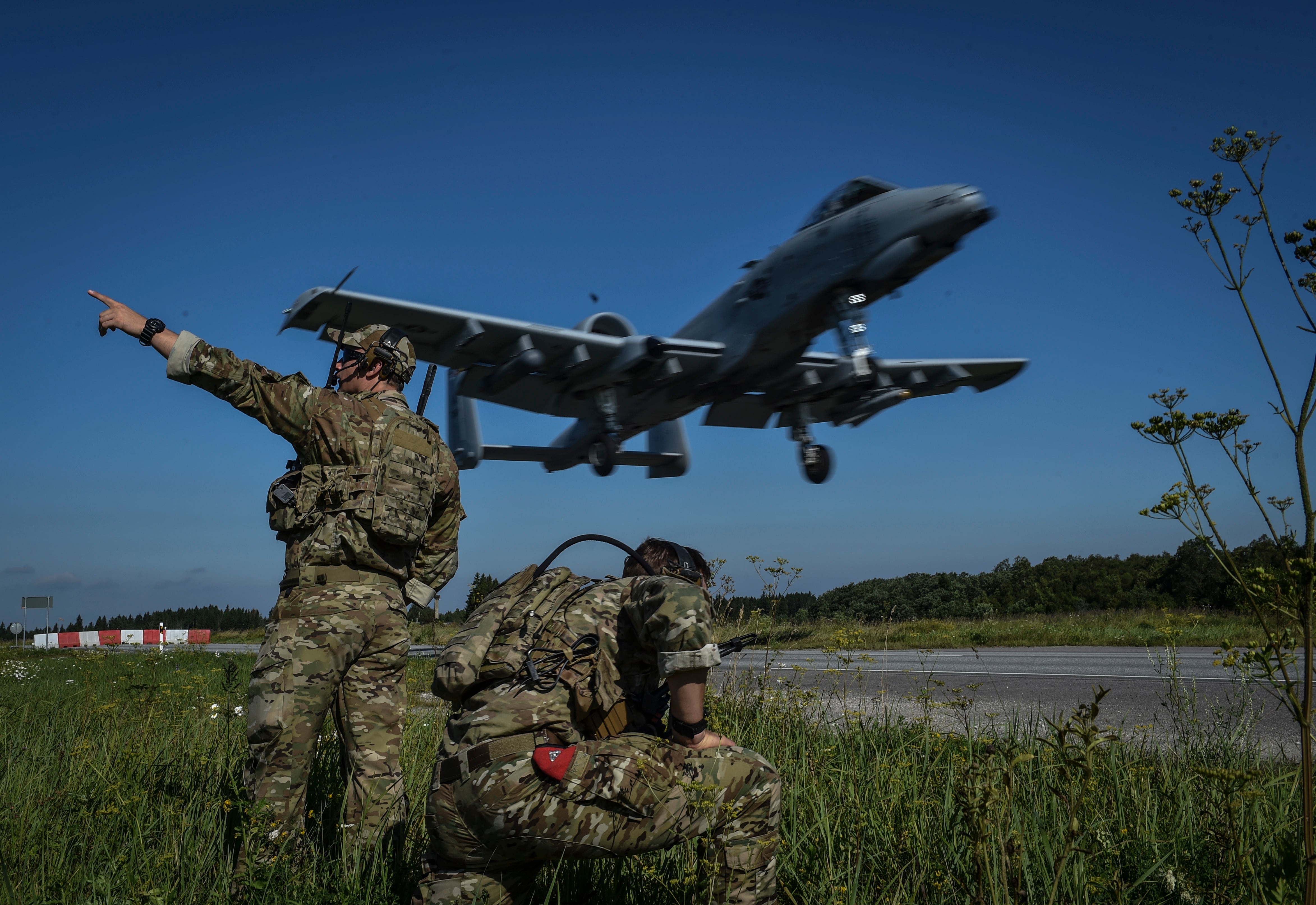The Air Force has to do a better job managing the deployments of the guardsmen and reservists it relies on to support its special operations mobilizations, according to a Government Accountability Office report released Monday.
Air Force Special Operations Command — like the wider Air Force — has increasingly used airmen from the Air National Guard or Air Force Reserve over the past decade to fight wars and meet other ongoing operational requirements, rather than just relying on them to serve as a backup force, GAO said in its report, “Special Operations Forces: Additional Actions are Needed to Effectively Manage Air Reserve Component.”
But because guardsmen and reservists typically have civilian careers they must balance those with their Air Force responsibilities, GAO said, they need more predictability and preparation time to respond to unexpected events and emerging threats as well planned requirements.
AFSOC’s mobilization process doesn’t do a good job of providing reserve units with the timely and reliable information they need for mobilizations, according to GAO, the investigative arm of Congress. For example, AFSOC doesn’t consistently give Air Guard or Air Reserve units and personnel enough advance notice of when they’ll be needed for a deployment. AFSOC also has a hard time coordinating with reserve component commands on what they may be required to do and sharing reliable information about mission requirements and resources.
Guard and reserve units frequently only get 90 days or fewer of advance notice from AFSOC when they’re called up to deploy for a non-emerging requirement, GAO said, but they need at least 180 days. One unit’s officials told GAO that they asked for at least 9 months’ notice before a mobilization, but were typically only told 60 to 90 days in advance. Another unit said that since 2015, they received 60 or fewer days’ notice for mobilizations — one of which was an involuntary mobilization to support a requirement that wasn’t emerging unexpectedly.
RELATED

The Air Force secretary, working together with the Guard and Reserve, must ensure that AFSOC has the organizational capability to mobilize reserve components, including by providing timely and reliable notification to units, GAO said. The Defense Department agreed in full with this recommendation.
The Air Force also has to come up with a way to provide AFSOC information about Guard and Reserve units available for immediate and future mobilizations to support special operations, similar to the force generation model the Air Force now uses for both active and reserve forces.
Service leaders also have to make sure the Guard and Reserve come up with a way to track volunteer deployments — as opposed to involuntary mobilizations — to better manage the force.
The Pentagon partially agreed with the latter two recommendations, GAO said.
In terms of Guard and Reserve unit availability, defense officials said the Air Force Reserve already provides AFSOC with information on units available but will take a look at another method that could provide more flexibility.
As far as tracking volunteer deployments, defense officials said more timely information is needed from AFSOC. In the short term, the Air Force Reserve will work with AFSOC to further develop the use of the Air Force Consolidated Planning Schedule to better define what its requirements are.
Stephen Losey is the air warfare reporter for Defense News. He previously covered leadership and personnel issues at Air Force Times, and the Pentagon, special operations and air warfare at Military.com. He has traveled to the Middle East to cover U.S. Air Force operations.




